The Venice Bienniale is the oldest exhibition of its kind, organized every year since 1895. Attracting a stunning half a million attendees, the show is just as much a global phenomenon, as one defined by its host city. The first show of its kind to be completely circular and carbon neutral is also cause for celebration, ushering in a new era where true sustainability is a priority, not an afterthought. Norman Foster and the Norman Foster Foundation team, along with the designers at Porsche, have collaborated to unveil Gateway to Venice’s Waterway at the Arsenale. A shimmering, 121-foot-long bridge designed to investigate every facet of mobility, Gateway pulls upon the function of dreams and the power of imagination, and brings that unlimited possibility into the material plane.
At first glance, the architectural structure resembles a leaping fish, glimmering scales lending an otherworldly quality to the piece. The bridge starts right at the water and leads the viewer outward, through a hallway of moving metal. The construction of the outer structure is derived from aerodynamic technology found in cars such as the Porsche 917, which combines an aluminum structure with a kinetic surface, inspired by their signature Kubus pattern. Ending out into the waterway, the installation explores multiple avenues of mobility and transport, ever the more essential as our precious world changes rapidly. Bridging tradition and innovation, this outlines an eloquent solution for Venetian urban landscapes. This also paves the way for innovative mobility solutions across the globe, as cities adapt to climate change.

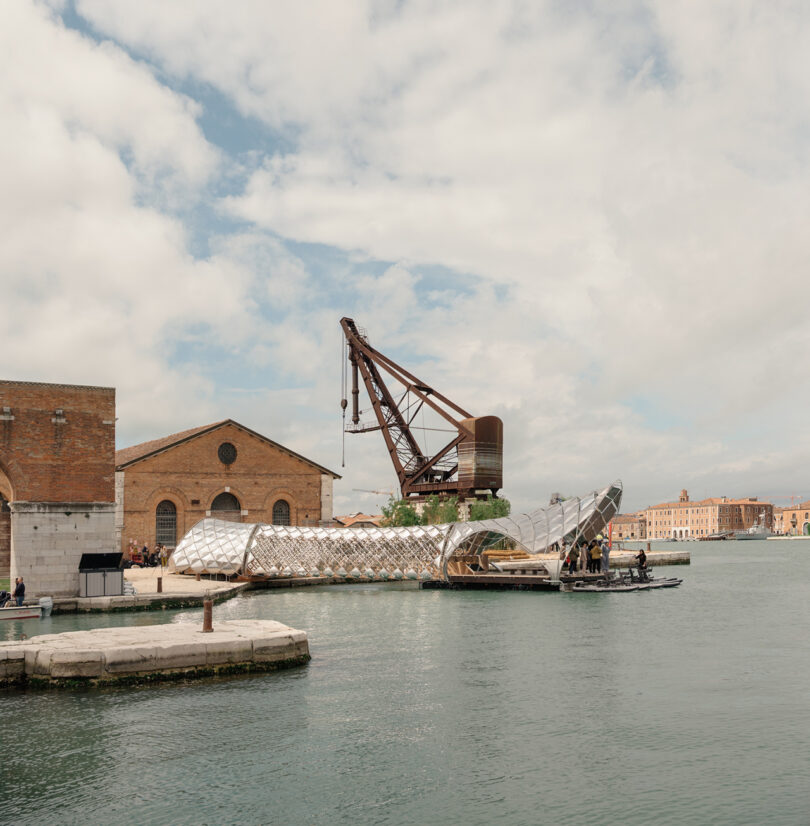
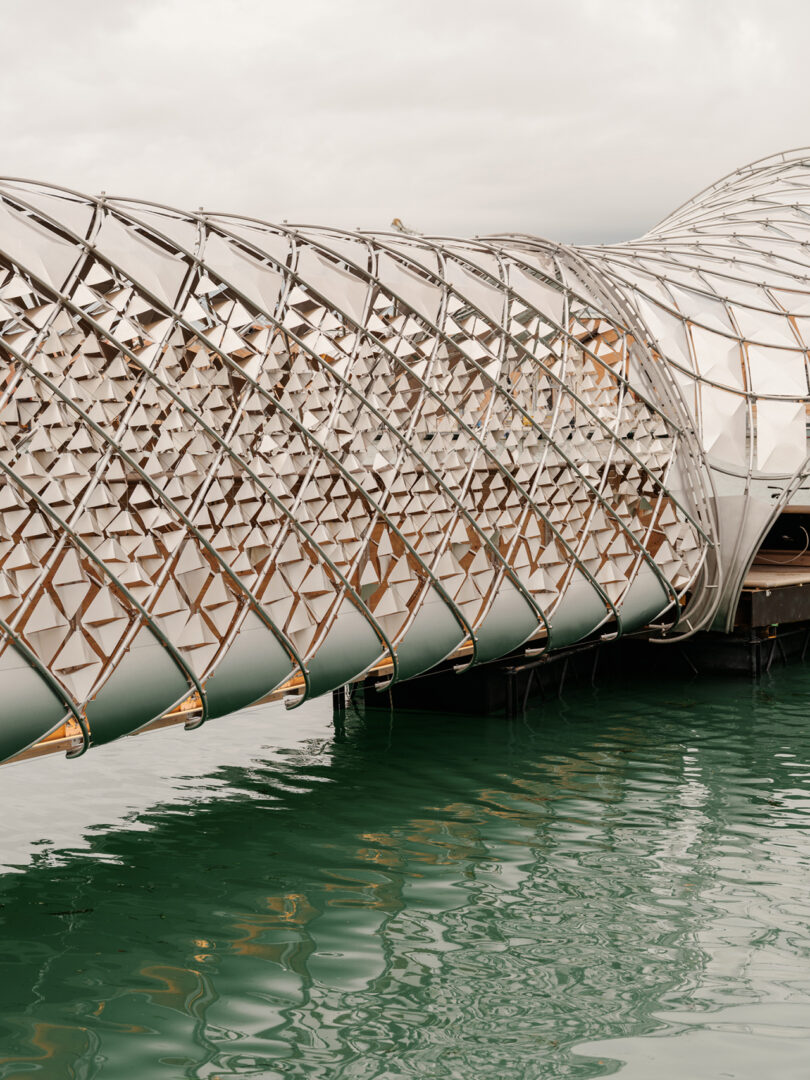
“Dreams were interpreted as aspirations brought to life through design,” says Norman Foster, President, Norman Foster Foundation. “In the context of the Biennale, dreams inspired the reimagining of Venice’s transportation infrastructure, bridging heritage and innovation. In architecture, it became a challenge to create a structure that not only functions as a transportation hub, but also resonates emotionally with its users. The biomorphic design reflects the dreamlike interplay of form, function and sustainability.”
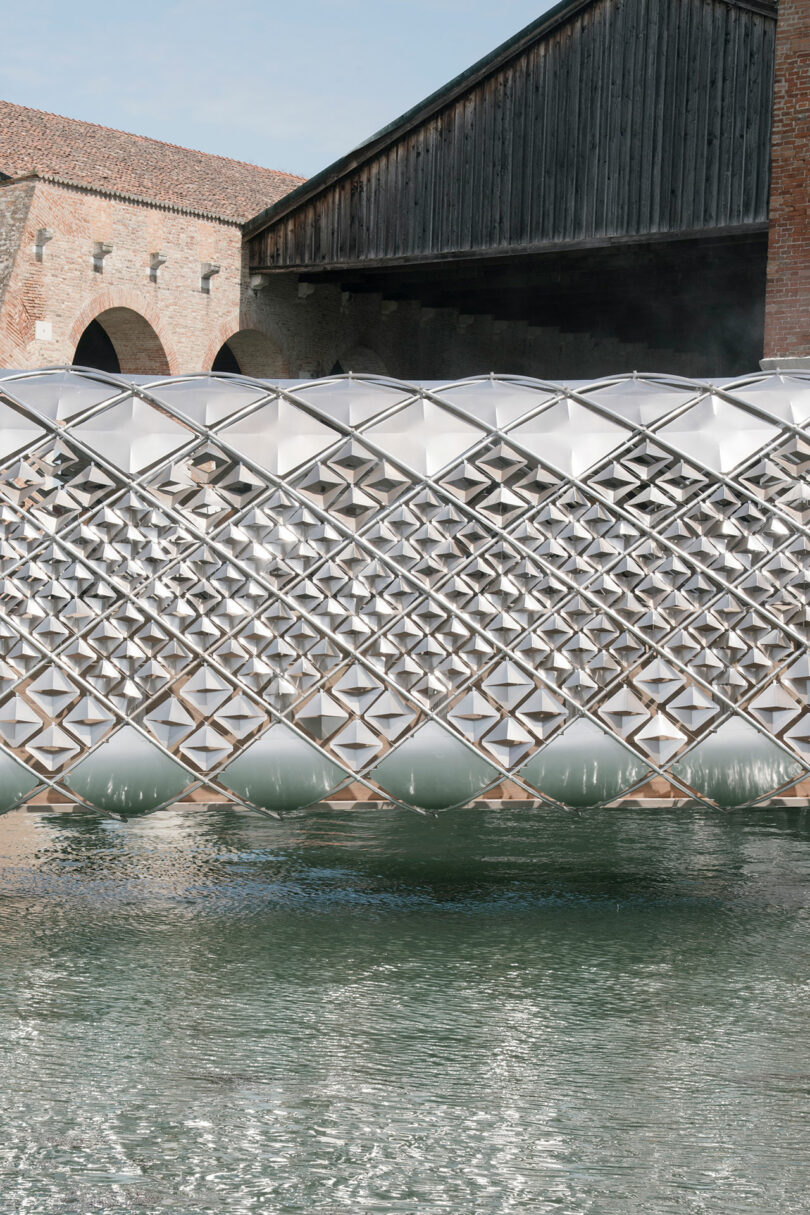
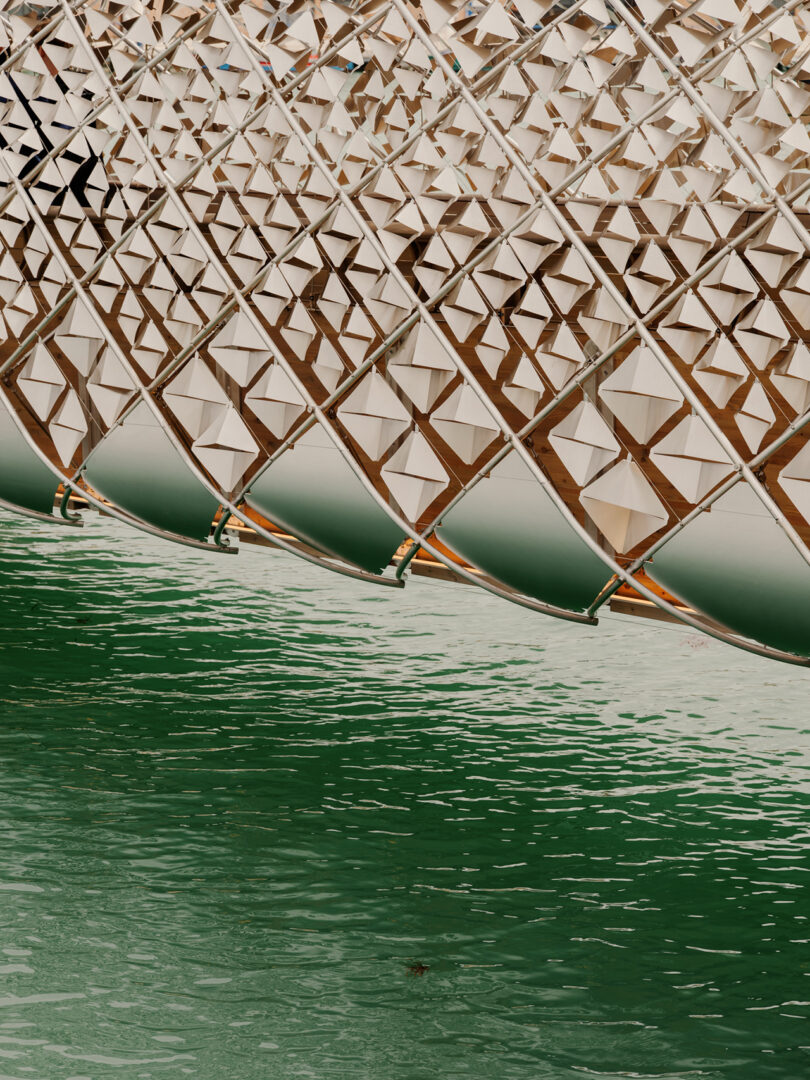

Giving nod to Venice’s iconic system of bridges, the structure is both a functioning gateway and bridge, allowing access to new electric transportation modes on water and land, including water bikes (Schiller bikes) and motorboats with electric propulsion (Frauscher x Porsche 850 Fantom Air boats that utilize a version of the Porsche Macan engine). These transport options operated during the Venice Biennale as carbon-free mobility solutions. “This project encouraged a reimagining of the design philosophy to integrate circular economy principles and car manufacture know-how,” says Foster. “Local materials were incorporated to honor the site’s heritage while reducing the environmental footprint. The collaboration with Porsche enabled us to push boundaries to design with practical, scalable solutions tailored to Venice’s challenges and opportunities.”
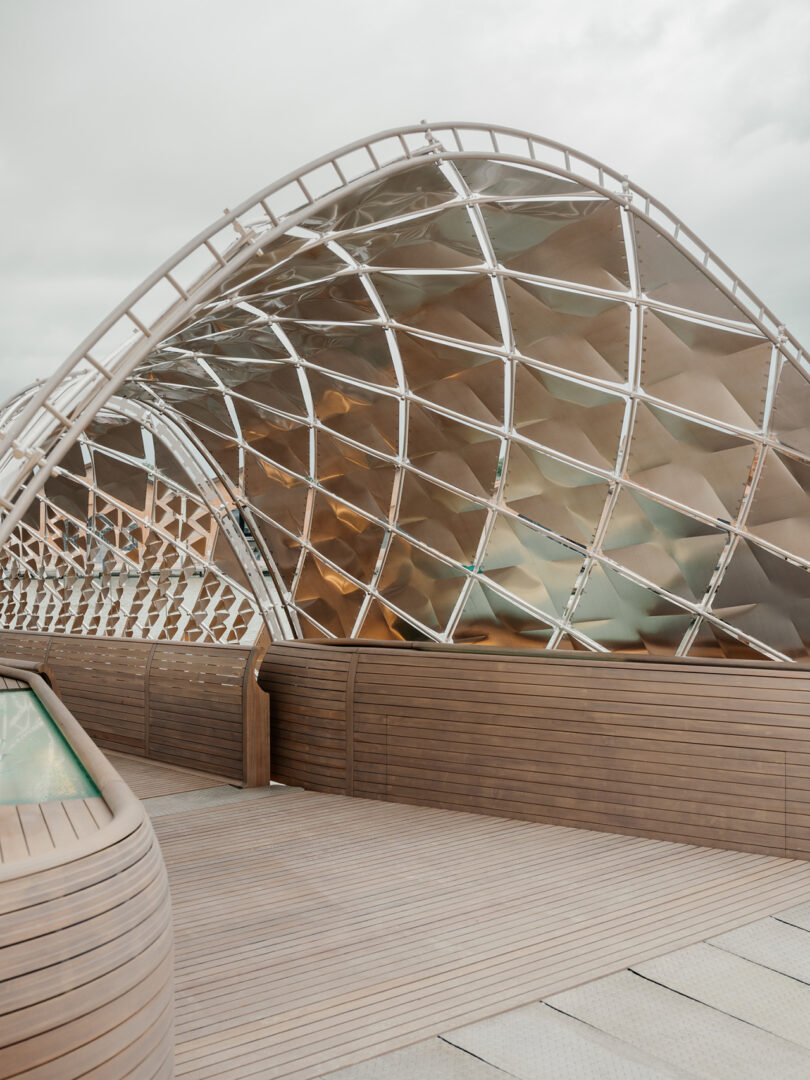

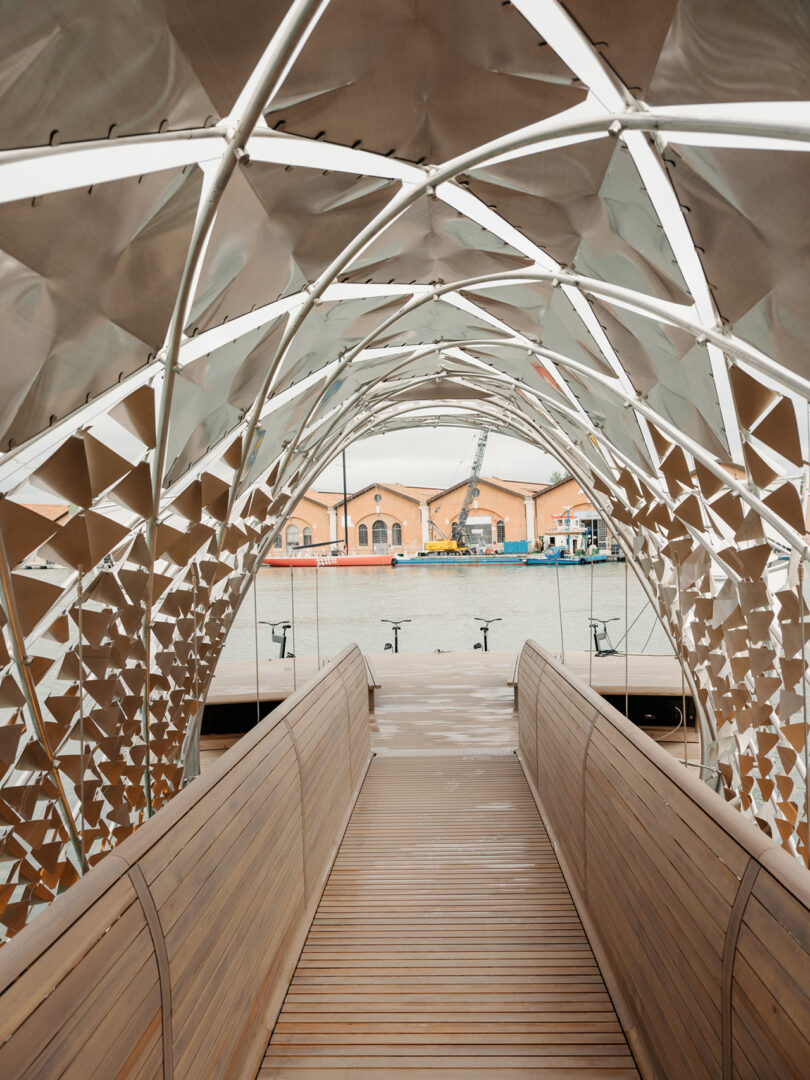
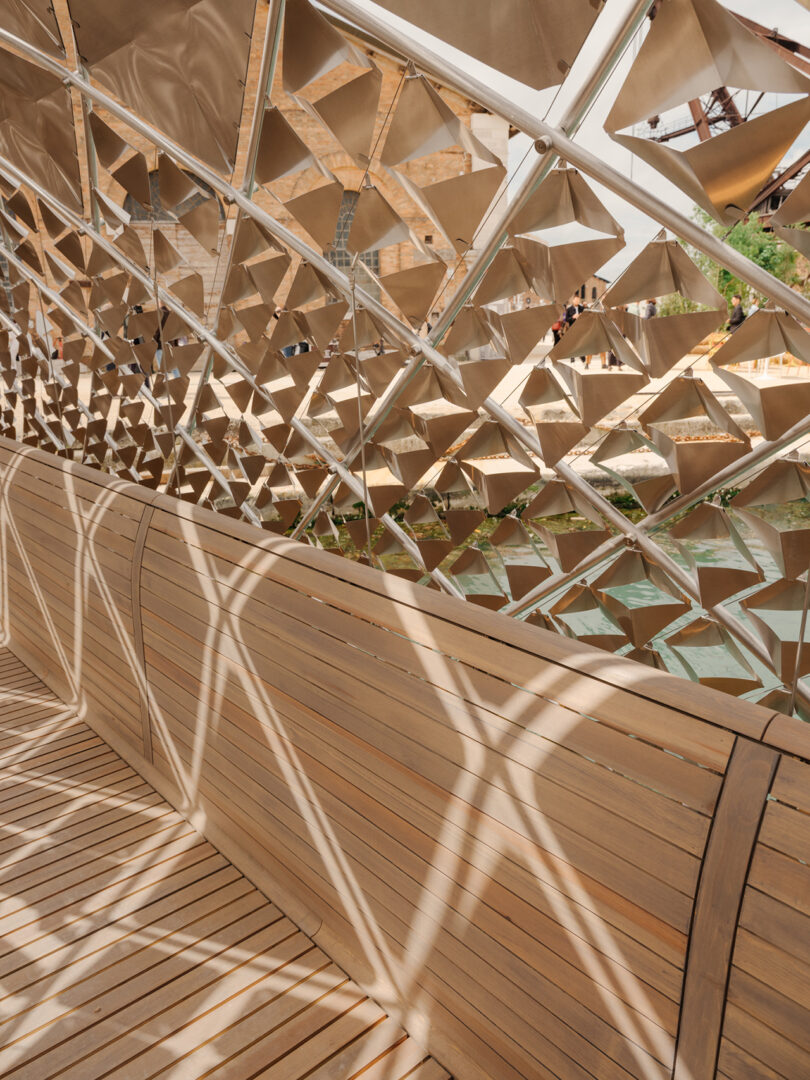
“The collaboration between the Norman Foster Foundation Team and Porsche shared values of innovation, sustainability and design excellence. Porsche’s The Art of Dreams provided the perfect platform to merge the worlds of advanced mobility and visionary architecture. The focus was on creating a holistic, impactful solution that celebrates Venice’s character while addressing its pressing urban mobility challenges,” explains Foster.
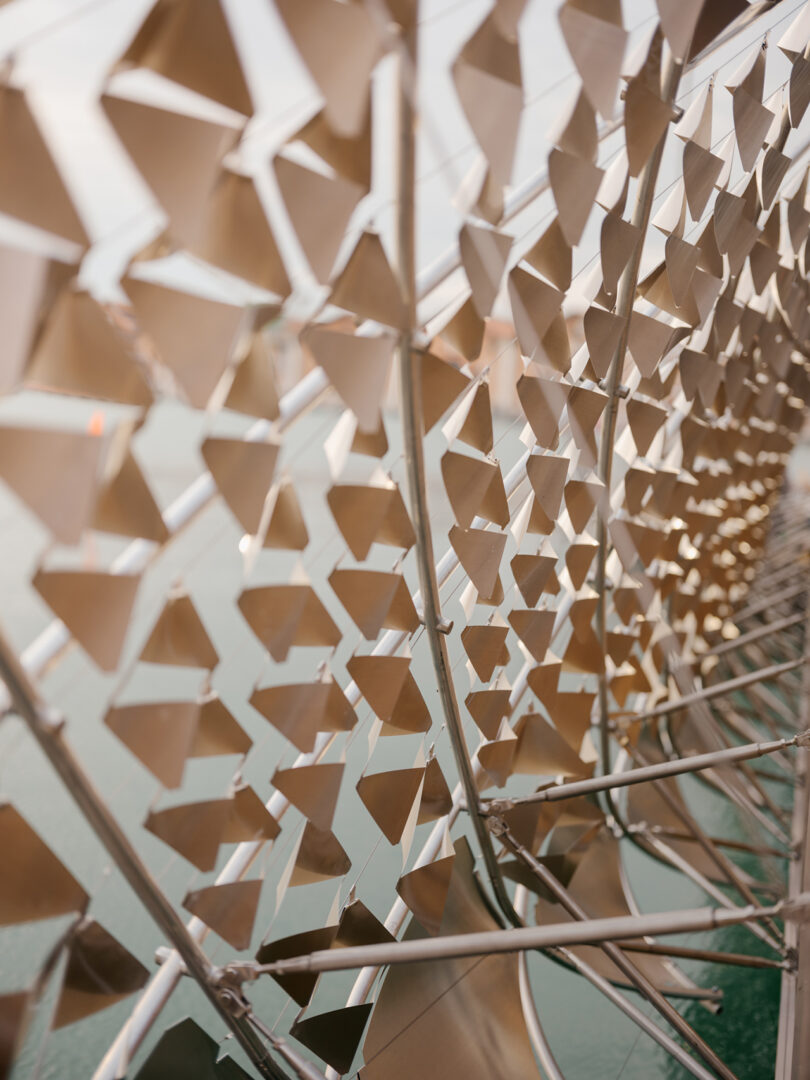

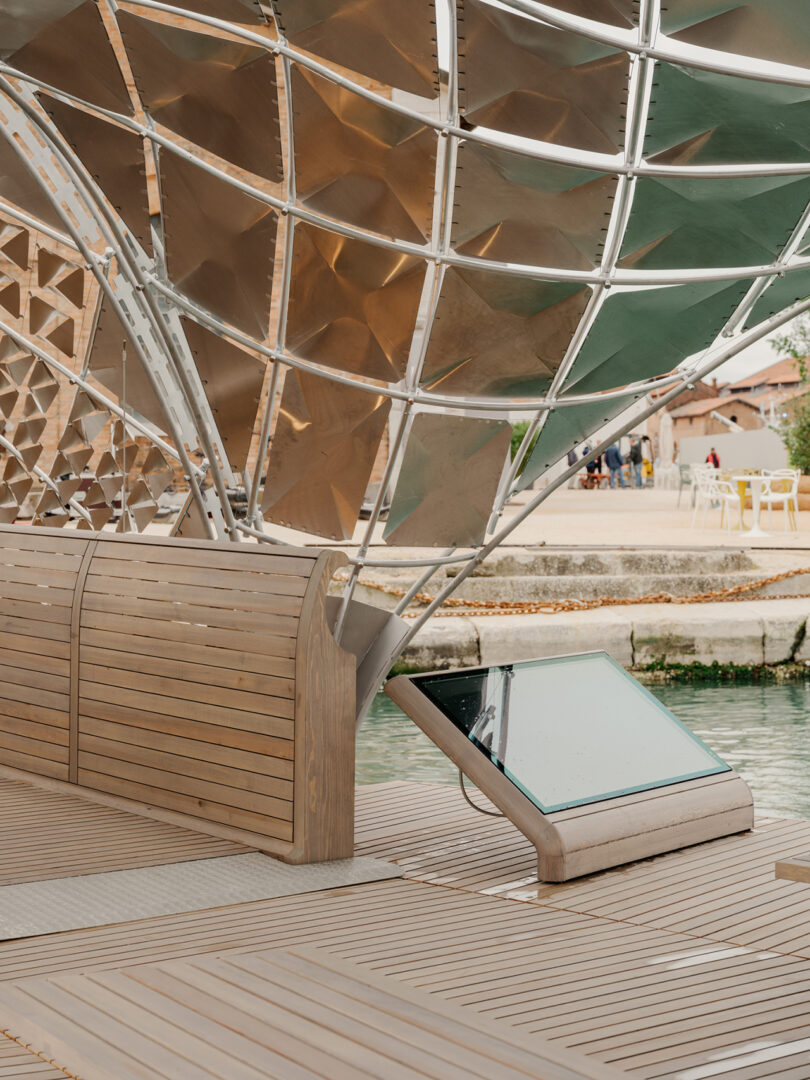
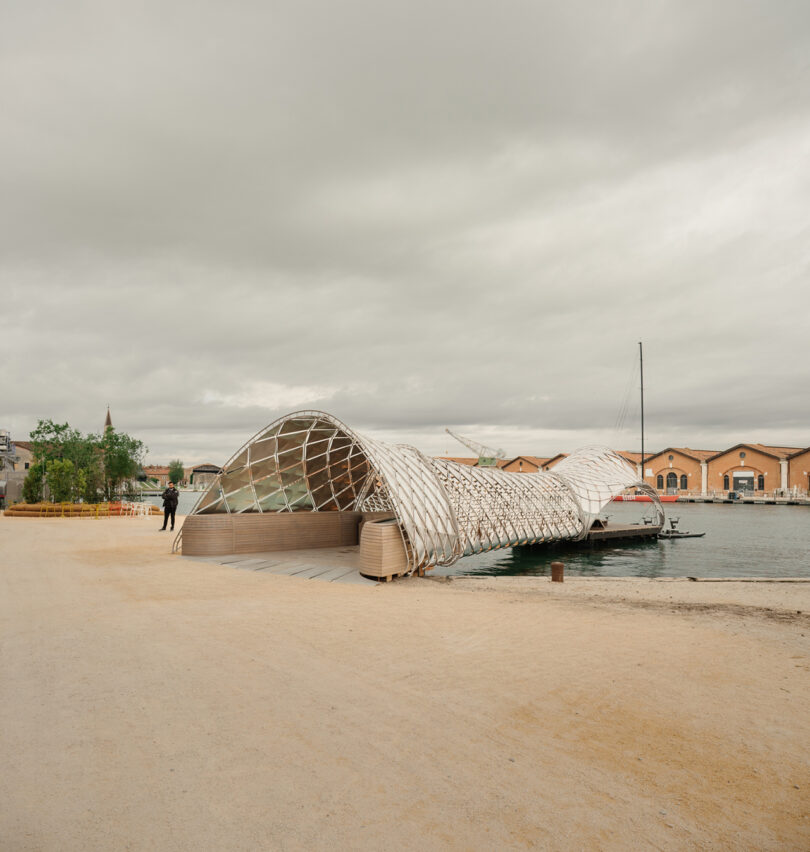
Norman Foster is a British architect, largely considered one of the most prolific of his generation. Designer of the Millenium Bridge in London and the Hearst Tower in New York (just to name a few), his influence is felt in many major cities across the world. Thoroughly invested in sustainable practices, Foster believes that designs need to necessitate themselves at every level of production, leading to truly circular design.
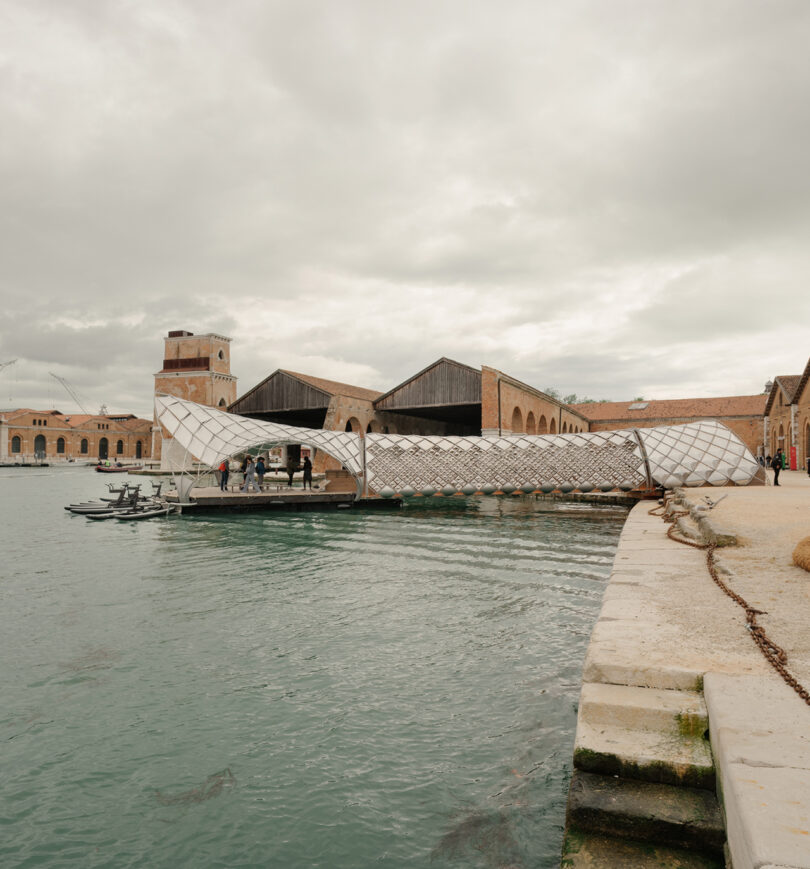
The Gateway to Venice’s Waterway installation, by Norman Foster Foundation and Porsche, is open to the public until November 23, 2025. For more information, visit porsche.com.
Photography by Loop and Pablo Gómez Ogando.

